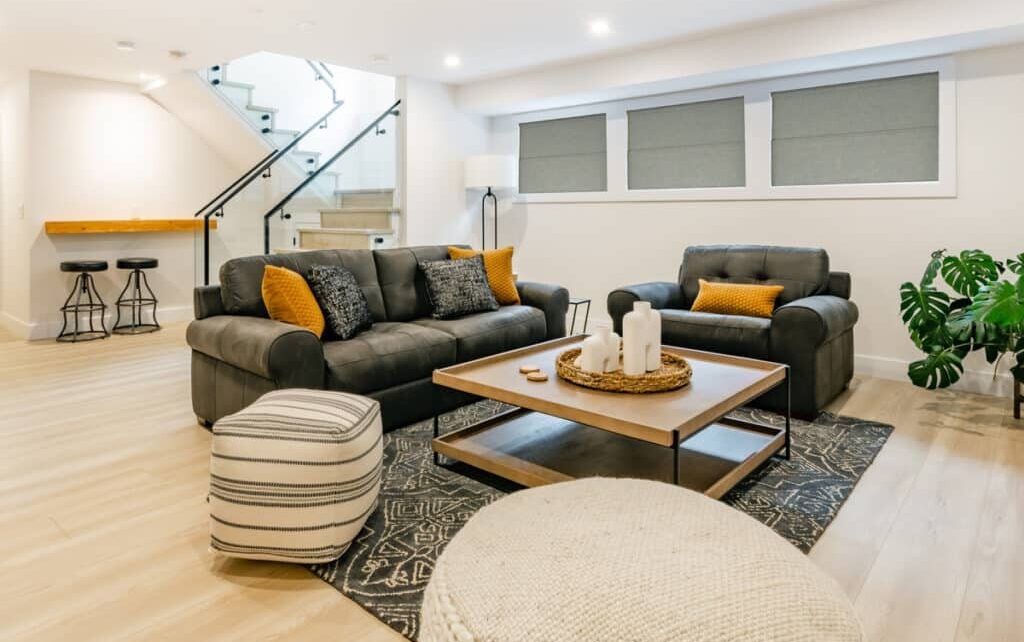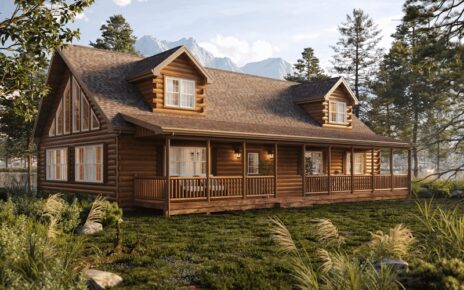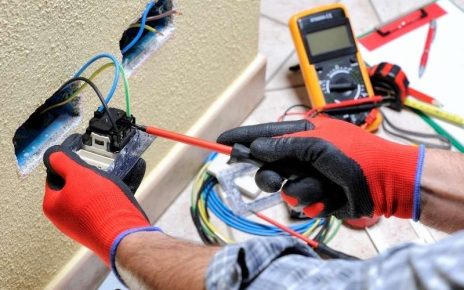Basement windows are often overlooked in home design, yet they play a crucial role in the functionality and aesthetics of your basement space. Whether you’re looking to improve natural light, enhance ventilation, or increase safety, basement windows can transform an underutilized area into a vibrant living space. In this comprehensive guide, we’ll explore everything you need to know about basement windows or we can call them källarfönster—from their types and benefits to installation tips and maintenance advice.
Why Basement Windows Matter
Basements are typically located below ground level, making them prone to darkness, dampness, and poor air circulation. Installing proper basement windows is one of the most effective ways to address these issues. Here’s why basement windows are essential:
- Natural Light : Basements often lack sufficient lighting due to their subterranean location. Well-placed windows allow sunlight to penetrate deep into the space, creating a brighter and more inviting atmosphere.
- Ventilation : Proper airflow is critical for maintaining indoor air quality. Basement windows provide much-needed ventilation, reducing humidity levels and preventing mold growth.
- Safety and Egress : Many building codes require egress windows in basements to ensure safe exit routes during emergencies like fires or floods. These windows must meet specific size requirements to accommodate quick escapes.
- Aesthetic Appeal : Thoughtfully designed basement windows can elevate the overall look of your home, both inside and out. They add architectural interest and make your basement feel less like a storage area and more like a functional part of your house.
- Increased Property Value : Upgrading your basement with high-quality windows not only enhances its usability but also boosts your property’s market value. Potential buyers appreciate well-lit, ventilated spaces that comply with modern safety standards.
Types of Basement Windows
Choosing the right type of window depends on your basement’s layout, purpose, and local building regulations. Below are some popular options:
1. Hopper Windows
Hopper windows are hinged at the bottom and open inward, allowing fresh air to flow while keeping rainwater out. Their compact design makes them ideal for small basement openings.
- Pros : Excellent ventilation, easy operation, affordable pricing.
- Cons : Limited view and natural light compared to larger styles.
2. Awning Windows
Similar to hopper windows, awning windows are hinged at the top and swing outward. This design prevents water from entering even when the window is open.
- Pros : Great for rainy climates, provides decent ventilation.
- Cons : Can be challenging to clean from the outside.
3. Sliding Windows
Sliding windows glide horizontally along a track, offering unobstructed views and ample natural light. They’re perfect for wider basement openings.
- Pros : Modern appearance, low maintenance, smooth operation.
- Cons : Requires more wall space than other types.
4. Egress Windows
These large, specially designed windows serve as emergency exits. They are mandatory in habitable basements according to many building codes.
- Pros : Meets safety requirements, allows maximum light and airflow.
- Cons : More expensive and labor-intensive to install.
5. Glass Block Windows
Made from thick glass blocks, these windows provide privacy while still letting in light. They’re often used in bathrooms or utility areas.
- Pros : Durable, secure, excellent for privacy.
- Cons : No ventilation unless paired with a vented panel.
6. Casement Windows
Hinged on the side, casement windows crank outward to open fully. They offer superior ventilation and are highly energy-efficient.
- Pros : Sleek design, tight seal against drafts.
- Cons : May obstruct walkways when opened.
Key Considerations Before Installing Basement Windows
Before diving into a basement window project, there are several factors to consider:
1. Building Codes and Permits
Local building codes dictate the minimum size, placement, and type of windows required for basements, especially if it’s being converted into a livable space. Always check with your municipality before starting any work.
2. Window Placement
Proper placement ensures optimal light and airflow. South-facing windows capture the most sunlight, while north-facing ones provide softer, indirect light. Avoid placing windows too close to the ceiling or floor to maximize usability.
3. Moisture Protection
Basements are susceptible to moisture infiltration. Choose windows with weatherproof seals and consider installing drainage systems around the foundation to prevent water damage.
4. Energy Efficiency
Look for ENERGY STAR-rated windows to reduce heating and cooling costs. Double-glazed or triple-glazed windows with low-emissivity (Low-E) coatings help maintain consistent indoor temperatures.
5. Security Features
Since basements are closer to the ground, they can be vulnerable entry points for intruders. Reinforced frames, locking mechanisms, and shatterproof glass can enhance security.
Step-by-Step Guide to Installing Basement Windows
If you’re planning a DIY installation or hiring professionals, understanding the process will help you make informed decisions.
Step 1: Measure the Opening
Accurate measurements are crucial for selecting the correct window size. Measure the width, height, and depth of the existing opening or planned space.
Step 2: Prepare the Wall
For new installations, cut through the concrete foundation using specialized tools. Ensure the opening is slightly larger than the window frame to allow for adjustments.
Step 3: Install a Window Well (if needed)
For below-grade windows, a window well is necessary to prevent soil and debris from blocking the opening. Line the well with gravel for drainage and cover it with a protective grate.
Step 4: Mount the Window Frame
Secure the frame using screws or anchors. Apply waterproof caulk around the edges to create a tight seal.
Step 5: Insert the Window
Place the window into the frame and attach it according to the manufacturer’s instructions. Test the operation to ensure smooth movement.
Step 6: Finish and Insulate
Seal gaps with insulation foam and trim the interior and exterior for a polished look. Add curtains, blinds, or shades for added privacy and style.
Maintenance Tips for Long-Lasting Basement Windows
To keep your basement windows in top condition, follow these maintenance tips:
- Regular Cleaning : Dust and dirt can accumulate quickly. Clean both sides of the glass regularly with mild soap and water.
- Inspect Seals : Check for cracks or gaps in the seals and replace damaged parts promptly to avoid leaks.
- Lubricate Moving Parts : Apply silicone spray to hinges, tracks, and locks to ensure smooth operation.
- Drainage System Maintenance : Clear debris from window wells and check drainage channels to prevent water pooling.
- Seasonal Checks : Before winter, inspect windows for drafts and apply weatherstripping if needed.
Creative Ways to Use Basement Windows
Beyond their practical purposes, basement windows can inspire creative design ideas:
- Garden View : Position windows near flower beds or greenery to bring nature indoors.
- Art Display : Use windowsills as shelves to showcase artwork or decorative items.
- Reading Nook : Create a cozy corner by adding seating beneath a large window.
- Home Office : Maximize productivity by setting up a desk near a well-lit window.
Conclusion
Basement windows are far more than just functional fixtures—they’re opportunities to enhance your home’s comfort, safety, and beauty. By choosing the right type, ensuring proper installation, and performing regular upkeep, you can turn your basement into a welcoming retreat. Whether you’re renovating for personal use or preparing your home for sale, investing in quality basement windows is a decision you won’t regret.
Take the time to research your options, consult with experts, and prioritize energy efficiency and safety. With careful planning, your basement windows will become a standout feature of your home, blending form and function seamlessly. So go ahead—let the light in and unlock the full potential of your basement today!





